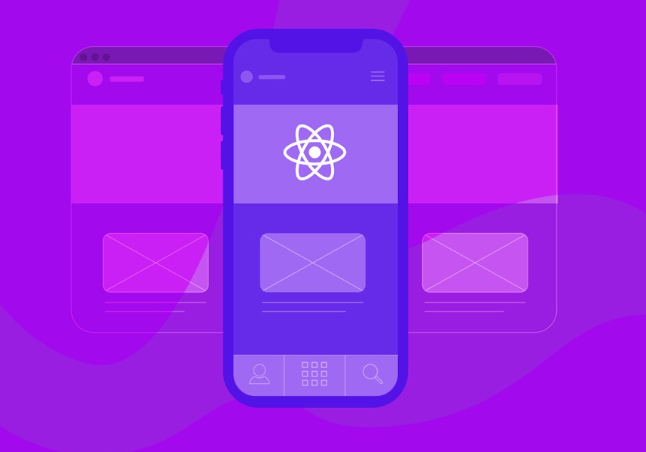To build a mobile app using Java and React Native, you can leverage the power of React Native’s cross-platform development capabilities while utilizing Java for the business logic and native module integrations. Here’s a step-by-step guide to help you get started:
- Set up the Development Environment:
Install the necessary tools and dependencies to set up your development environment. This includes Java Development Kit (JDK), Node.js, React Native CLI, and an Android/iOS emulator or device for testing. - Create a New React Native Project:
Use the React Native CLI to create a new project. Open a terminal and run the following command:
npx react-native init MyApp- Set up the Java Environment:
Configure your Java environment within the project. Ensure that you have the necessary Java dependencies and Android SDK installed. You can use Android Studio to set up the Android SDK and manage AVDs (Android Virtual Devices). - Develop the UI using React Native:
Build the user interface of your mobile app using React Native components. Write your UI code using JavaScript and JSX in the appropriate React Native files, such asApp.jsor other custom component files. - Integrate Java for Business Logic:
Identify the parts of your app that require Java for business logic or native module integrations. Create Java classes and methods to handle these functionalities. You can use thereact-native-create-bridgepackage to generate the necessary boilerplate code for integrating Java with React Native. - Set up Native Modules:
Create custom native modules in Java to bridge between the JavaScript code and native APIs. Native modules allow you to access device-specific functionality or use third-party libraries. Use the React Native documentation and existing community packages as references for building native modules. - Communicate between Java and JavaScript:
Establish communication channels between Java and JavaScript using React Native’s bridge mechanism. Use the appropriate bridge methods, such as@ReactMethodand@ReactProp, to expose Java methods and variables to the JavaScript side. - Test and Debug:
Test your app by running it on an Android or iOS emulator or device. Use the React Native CLI to start the development server and run the app on the desired platform. Utilize debugging tools provided by React Native, such as the React Native Debugger or Chrome Developer Tools, for debugging your JavaScript code. - Package and Distribute the App:
Once your app is ready for distribution, follow the React Native documentation to generate the APK (Android) or IPA (iOS) files for deployment. You can also consider using services like Google Play Store or Apple App Store for publishing your app. - Continuous Integration and Deployment (CI/CD):
Implement CI/CD pipelines using tools like Jenkins, GitLab CI/CD, or Fastlane to automate the building, testing, and deployment processes of your mobile app. This ensures a streamlined and efficient development workflow.
By combining the power of Java and React Native, you can build cross-platform mobile apps with a native look and feel while leveraging Java for business logic and native module integrations. React Native’s large community and extensive documentation provide additional resources and support throughout the development process.




